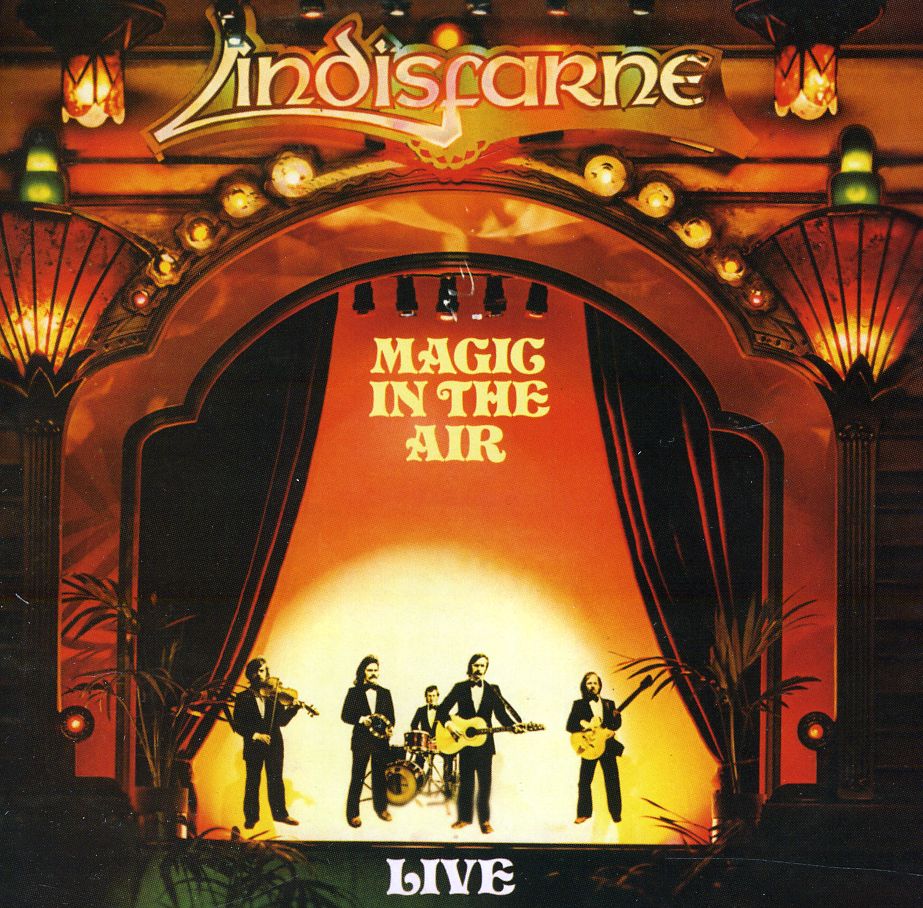
description
f her first book, The House Without Windows (Alfred A. Knopf, 1927), thirteen-year-old Barbara Newhall Follett dived deep into pirate lore. She wanted to write about a fortune-telling girl her age whose world was gypsies and pirates-that is, another fictional autobiography like House. One problem: Barbara has never been to sea. She lacks the knowledge necessary for pirate writing. Luckily, a schooner from Nova Scotia has docked downtown, and Barbara demands that her parents let her sail back to Canada. The Voyage of the Norman D. is Barbara's vivid account of her time on the Frederick H. (the Norman D.'s true identity) in June 1927. This, her second book, was published by Knopf in 1928.
Going out as a cabin boy on a schooner among rough seamen, holding her own in the hard work, sharing the dangers of climbing the rigging in nasty weather, she has much to her credit. It is an infant female Roosevelt we have here. -The Bookman, July 1928
Long out of print, this edition of The Voyage of the Norman D. includes an afterword by Barbara's half-nephew, Stefan Cooke, which describes a particularly tempestuous time for the Folletts, and Notes on a Junior Author, a contemporary profile Wilson Follett wrote about his daughter.
member goods
No member items were found under this heading.
Return Policy
All sales are final
Shipping
No special shipping considerations available.
Shipping fees determined at checkout.







